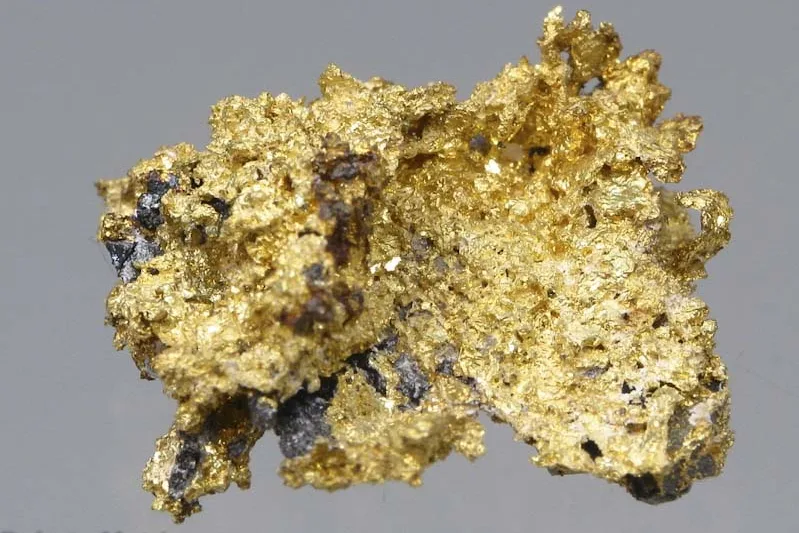
Appearance
Gold is a yellow, soft metal with a dazzling metallic sheen. It is not tarnish or corrosive and is among the least reactive chemical elements. In addition to being a good heat and electrical conductor, gold has a high melting and boiling point.
Geographical Distribution
There are numerous countries in the world that produce gold, but the biggest producers are China, Australia, the United States, Russia, Canada, and South Africa. All continents have gold resources, although their distribution is sometimes uneven and their size and quality can vary widely.
Chemical Composition
Auric chloride (AuCl3) and chloroauric acid (HAuCl4) are the two most prevalent gold compounds. Aqua regia is a concoction of one part hydrochloric acid and three parts nitric acid, so named because it dissolves gold, the King of Metals. Most reagents and air have little effect on it.

Uses
Throughout human history, gold has been used for a variety of things, such as investments, jewelry, currency, and ornamentation. In addition, a variety of industrial fields, such as electronics, dentistry, aircraft, and medical, use it. Furthermore, gold has symbolic and cultural value in many countries and is employed in numerous religious and cultural rituals.
- Jewelry:
Since pure (24k) is so soft, it is typically alloyed with base metals to change its properties, such as color, melting point, and other characteristics, as well as to increase its hardness and ductility.
- Electronics:
Industrial applications for new gold are rather small—only 10% of the world’s total gold production is used in the production of corrosion-resistant electrical connectors for computers and other electronics.
Despite being attacked by free chlorine, this material is widely used in industry in the electronic era as a thin-layer coating on electrical connectors to ensure good connections due to its good conductivity and general resistance to oxidation and corrosion in other environments (including resistance to non-chlorinated acids). It is utilized, for instance, in the connectors of more costly electronics cables, such USB, video, and audio cables.
- Medicine:
For a very long time, metallic compounds have been used in medicine. Dioscorides is said to have heard of it, generally in the form of metal, as the most ancient medicine (ostensibly delivered by shamanic practitioners).
In restorative dentistry, particularly in tooth restorations like crowns and permanent bridges, these alloys are utilized. The minor malleability of the gold alloys makes it easier to create a superior molar mating surface with neighboring teeth, and the outcomes are usually better than when porcelain crowns are created. Some cultures encourage the use of gold crowns in more noticeable teeth, like incisors, while others oppose it.
To observe biological specimens under a scanning electron microscope, gold or palladium alloys are coated conductively over non-conductive materials like glass and plastic.
Table





